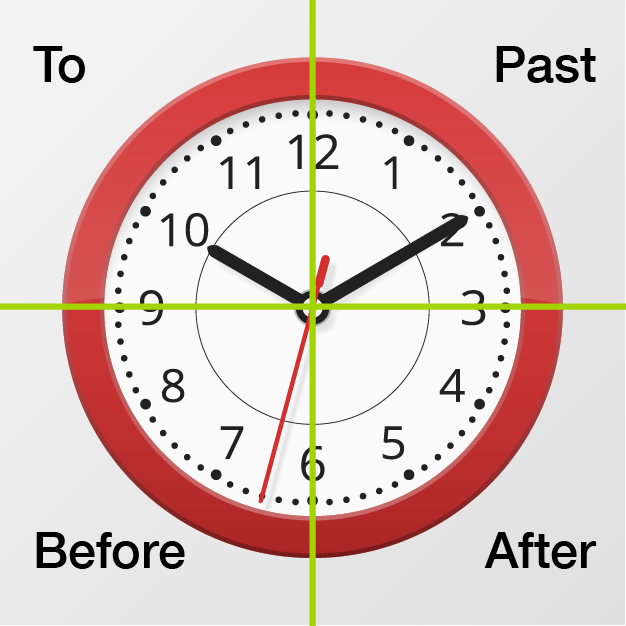In this topic you will learn how to give, accept, and refuse an invitation. This topic will contribute to your learning of A1-level contents, based on the Common European Framework of Reference for Languages. The activities were designed to be developed in a communicative basis. You will practice reading and listening comprehension, as well as writing and speaking, so that you can effectively communicate in the English language.

Vector de Reloj creado por freepik - www.freepik.es
You won a trip around the world. The countries you are visiting are:
USA/ Brazil/France/Italy/Russia/Mexico/England/Cuba/Austria/Spain
Let's take a look of different events in each country. Try to remember these words.
Now that you know about different events around the world, it’s time to study some prepositions to talk about time. Check the following:
after: from minute 1 to 29
to: from minute 31 to 59 to count down for next hour
past: half past = 30 minutes
at: to say what time an event or activity takes place
o’clock or sharp: when the minute hand points at number 12

Examples:
It's half past four.
It's a quarter to six.
It's eight o’clock. / It's eight sharp.

It's half past four.

It's quarter to six.

It's eight o’clock. / It's eight sharp.

Examples:
It's four thirty.
It's five forty five.
It's eight o’clock. / It's eight sharp.

It's half past four.

It's quarter to six.

It's eight o’clock. / It's eight sharp.
Telling the time is an important English skill for everyday conversations. You will practice this in the following activity.
In this activity, you will listen to a student describing his routine. Your job is to identify the time he does each activity.
Let’s review the vocabulary for events we often go to with family and friends. It’s important to know this vocabulary to invite others to an event.
In this activity, you will record an audio of a conversation inviting a friend to an event. Ask one of your friends to help you with this activity. After you finish your audio, you can evaluate it with the next checklist.
Based on the following example, create your own conversation and practice with a partner. Make a 20 - 30 second recordings.
Example:
A: Hi Michael
B: Hello Anna
A: There is a party on Saturday.
B: Really? What time?
A: It is at 9 o'clock. Let's go together.
B: OK. Sounds great!
A: See you.
B: Bye
Practice: Invite someone to...
1) a movie
2) a concert
3) a game
4) an exhibition
5) a festival
It’s time to practice all the content you have studied so far in a quiz of this unit. Your job is to identify the missing words and phrases in some sentences.
References
Latham-Koening, C., & Oxenden, C. (2013). American English File 1 Student Book. Oxford: OUP.
Saslow, J. and Ascher, A. (2015). Top Notch Fundamentals. Student’s Book. Third edition. NY: Pearson.
Swan, M., & Walter, C. (2011) Oxford English Grammar Course Basic. Oxford: OUP.
Lingolia English. (2021). Simple present. Retrieved April 11, 2021, from https://english.lingolia.com/es/gramatica/tiempos-verbales/simple-present
Cómo citar